Breastmilk is the best for babies. The World Health Organisation recommends exclusive breastfeeding for the first six months of life. Unnecessary introduction of bottle feeding or other food and drinks will have a negative impact on breastfeeding. After six months of age, infants should receive age-appropriate foods while breastfeeding continues for up to two years of age or beyond. Consult your doctor before deciding to use infant formula or if you have difficulty breastfeeding.
- Week 1
- Week 2
- Week 3
- Week 4
- Week 5
- Week 6
- Week 7
- Week 8
- Week 9
- Week 10
- Week 11
- Week 12
- Week 13
- Week 14
- Week 15
- Week 16
- Week 17
- Week 18
- Week 19
- Week 20
- Week 21
- Week 22
- Week 23
- Week 24
- Week 25
- Week 26
- Week 27
- Week 28
- Week 29
- Week 30
- Week 31
- Week 32
- Week 33
- Week 34
- Week 35
- Week 36
- Week 37
- Week 38
- Week 39
- Week 40
What is C-Section (Caesarean) and Who Needs It?
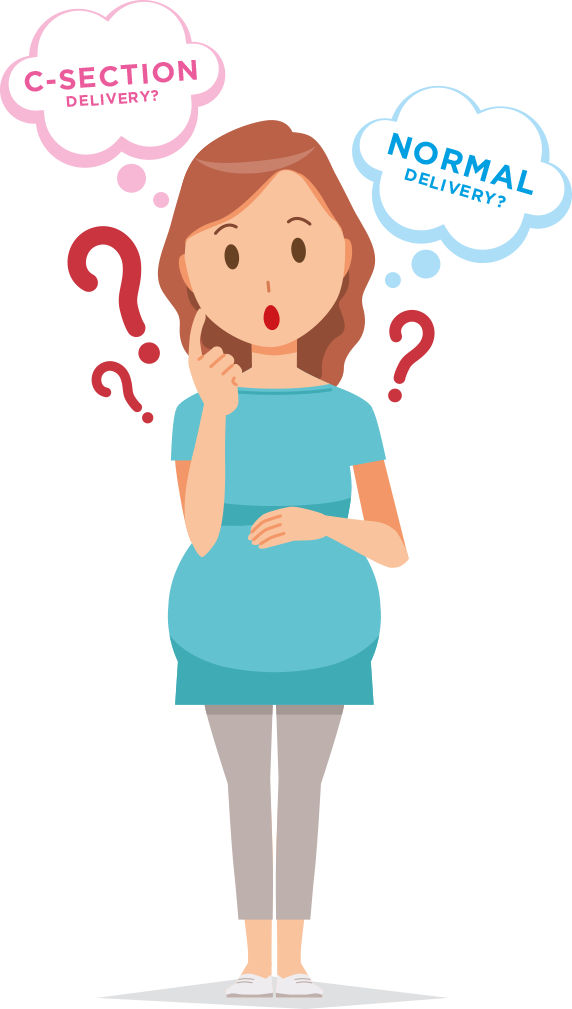
A Cesarean section, commonly known as a C‑section, is a surgical method for delivering a baby through an incision in the mother’s abdomen and uterus. It's typically performed when vaginal delivery could pose a risk—for example, if labour stalls, the baby is in a breech position, or there's fetal distress. In Singapore, around 30% of births are by C‑section—a figure that reflects evolving medical practices and maternal choices. This guide explores why and when a C‑section is recommended, what the procedure involves, and how recovery differs from natural birth, empowering expectant parents like you with clear, reliable information.
Is C-Section common?
Global rate of caesarean birth is 21% while in Singapore, it is
~30%1
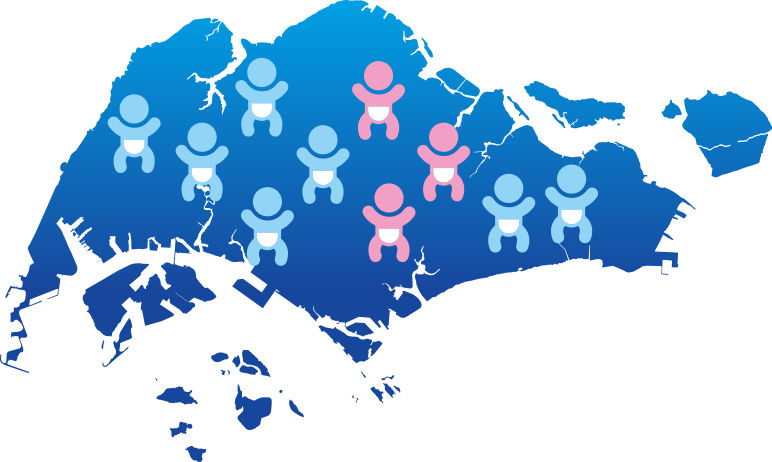
What is C-Section Delivery?
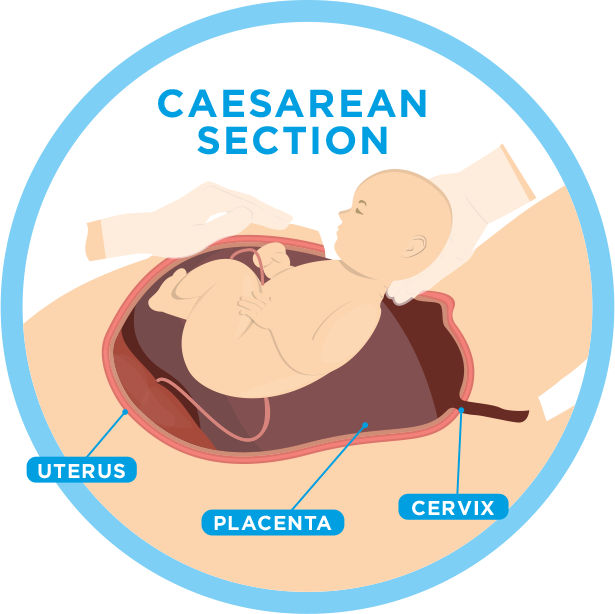
A caesarean section, also called a C-section is an operation to deliver the baby through the tummy when it is not possible or not advisable to deliver the baby through the vagina.2
When is a C‑section medically necessary?”
Some of us may know we need a C-section long before we give birth, but for others, the decision might not be made until they go into labour. If your doctor feels that a normal delivery will put you or your baby's health at risk, they may advise you to have a caesarean (C-section). Such reasons may include:
1. Emergency Reasons
Any emergency medical reason, e.g. if the labour is not progressing as planned or if baby is not getting sufficient oxygen.
2. Baby not in head down position
If baby is not in a head-down position and all efforts to change position have not succeeded.
3. Twins or multiple births
In case you are expecting twins or multiple babies, doctors might
recommend surgery via caesarian section
4. Based on Previous Delivery
In case the previous vaginal delivery had been complicated or when previous delivery method was C-section.
5. Small Pelvis
If the mother's pelvis is too small in relation to baby's size.

6. Underlying medical conditions
In case the previous vaginal delivery had been complicated or when previous delivery method was C-section.
Source: Lancet Journal, Webmd.com, MOH
What happens during a C-Section?
After anaesthesia, the doctor makes incisions in the abdomen and the uterus and removes the baby, placenta and does the stitchies. The procedure typically takes 45–60 minutes.2
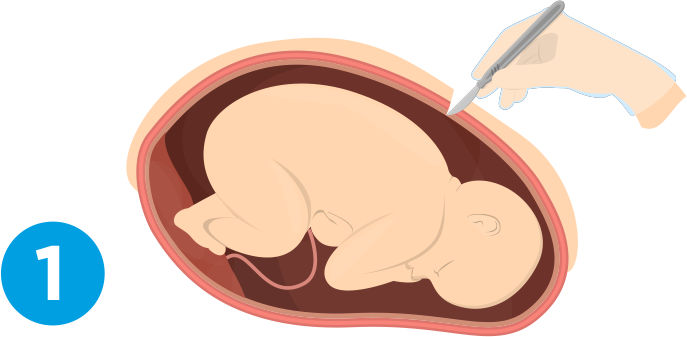
Incision made in abdomen
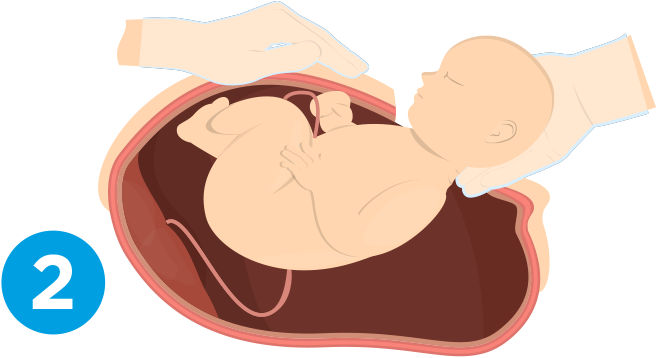
Baby lifted out through incision
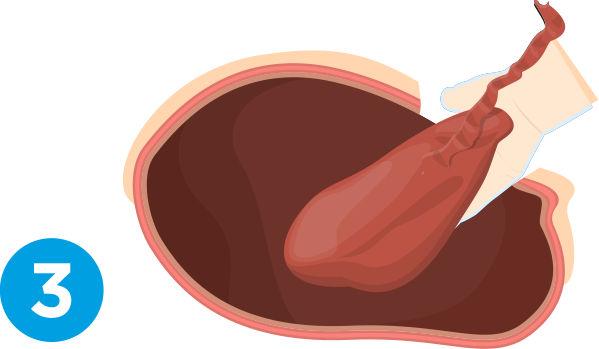
Placenta removal
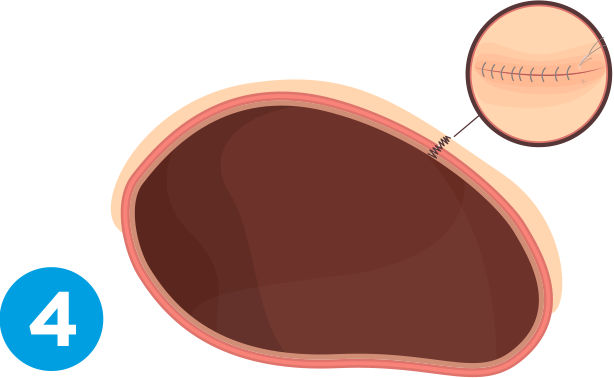
Incision closed with stitches
Does C-Section Affect Baby’s Immunity?
While C-sections are often necessary and life-saving, studies have shown that babies born via Caesarean delivery may miss out on exposure to beneficial bacteria passed through the birth canal. This early exposure plays a key role in developing a baby’s gut microbiota and strengthening their immune system.
Don’t worry — there are ways to support their immunity from the start. Nutrition plays a vital role in bridging this gap. Prebiotics and probiotics can help promote a healthy gut and support your child’s natural defences.
Learn how prebiotics and probiotics can help your child catch up on immunity!
(FAQ) Frequently asked questions about C-Section
Q: When should I start breastfeeding if I went for C-section delivery?
A: After a C-section delivery, women are less likely to start breastfeeding in the first hour after the birth, but if they do start they are just as likely to continue breastfeeding as those who have a vaginal delivery.4

Q: When will C-Section pain go away?
A: In the first 24 hours, there will be pain at the site of the incision. Thereafter, it may feel sore for a week or two. The symptoms will steadily get better as the incision heals and the uterus contracts.
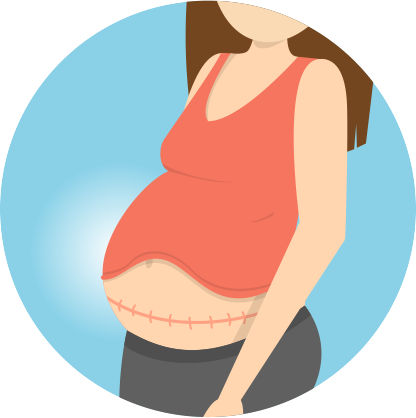
Q: What is the chance of a successful Vaginal Birth after C-Section (VBAC)
A: The chance of a successful VBAC resulting in a natural delivery may be up to 60–70%. This is generally higher for women who have had previous successful vaginal deliveries.5

Be sure to include your thoughts about having C-section delivery in your birth plan. During your last few appointments before baby arrives, your doctor will check your baby's position in your womb, so do not skip these scheduled meetings!

Connect with our team of experts
We provide advice and support for you on your parenthood journey

%20(1)?ts=1761002630666&$Transparent$&dpr=off)

